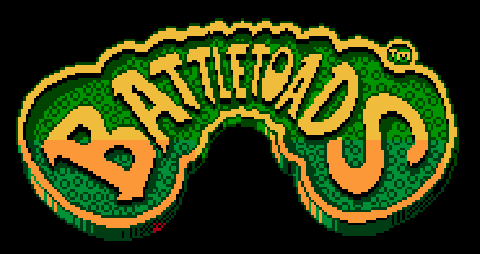Guest Writer: Kate Davis
If you are into retro games, and are thinking of introducing your kids to the gaming classics, we’re going to need to talk about difficulty level. There is a term in gaming, “Nintendo Hard” which refers to how brutally difficult Nintendo games of the 80’s and 90’s were (Contra, Battletoads, and others are most often referenced). Games from that era were based on the idea of an arcade – the more often you lost the game, the more often you were feeding quarters into the machine. Old games were difficult and designed to be challenging and frustrating. As arcades became less common, and at-home gaming became common, you began to see more and more games give you the option of continuing past your last life, with some sort of penalty to your stats or items. Long gone are the days of losing that final life on the big end-game boss and having to start the game all over again.
So how do we address this with kids who are used to endless lives? Well, we look to a skill called Frustration Tolerance. Frustration Tolerance is pretty self-explanatory: it’s a person’s ability to tolerate certain levels of frustration without losing focus, getting unproductively upset, or walking away. We are very used to the idea of starting games over if you lose, because that’s what we grew up with. So if you want to get your kids into some of the older games, working on building their frustration tolerance is important.
Like any skill, you want to start small and work your way up, so let’s avoid games like Solar Jetman for a long time. You want to start with games which have a gentle learning curve – ones that have you practice the basics again and again until you’re good enough to continue on. Super Mario Bros. or any of its sequels are great places to start. That first Super Mario Bros. level is classic frustration tolerance building – you slowly learn about timing, hitting mystery blocks, jumping on enemies, and then move on to jumping over holes, etc. Several of the Zelda games or other RPGs are also good places to start.
Each time they lose that last life, try to put emphasis on their effort, and that they have learned all the things they need to progress further. Praising their effort helps them to realize the prize isn’t how far they got, but how much they learned, and will help a LOT with retro games.
Another great way of helping your kids build frustration tolerance is by demonstrating it. Retro gamers are so used to losing and dying and starting over that half of us laugh when we make some epic mistake and have to start over. Showing your kids that there’s an alternative to anger and giving up will help them to get perspective over a loss. Tell them about your epic losses and about how satisfying it was to beat the final boss afterwards. Depending on how old your kids are when they start, they’re probably going to need some pep talks, so plan to be right there with them while they’re playing until they get used to the frustration.
Teach them about when to take breaks when they’ve reached their tolerance, how to calm down, or get hyped to try the game again another time. Teach them the stress relieving joys of intentionally killing your characters (think Tomb Raider!) sometimes so you can laugh and find your focus again. Teach them about how to maximize the strategic uses of save points (especially if you’re using an emulator), so that they can avoid some of the frustrations of losing that last life.
Playing retro games with your kids can be a lot of fun, and the frustration tolerance they build in playing these older games can help them with frustrations in other aspects of their lives. Including your kids in your gaming traditions will open up conversations between them and your family, and give you another way to be engaged in their lives.

